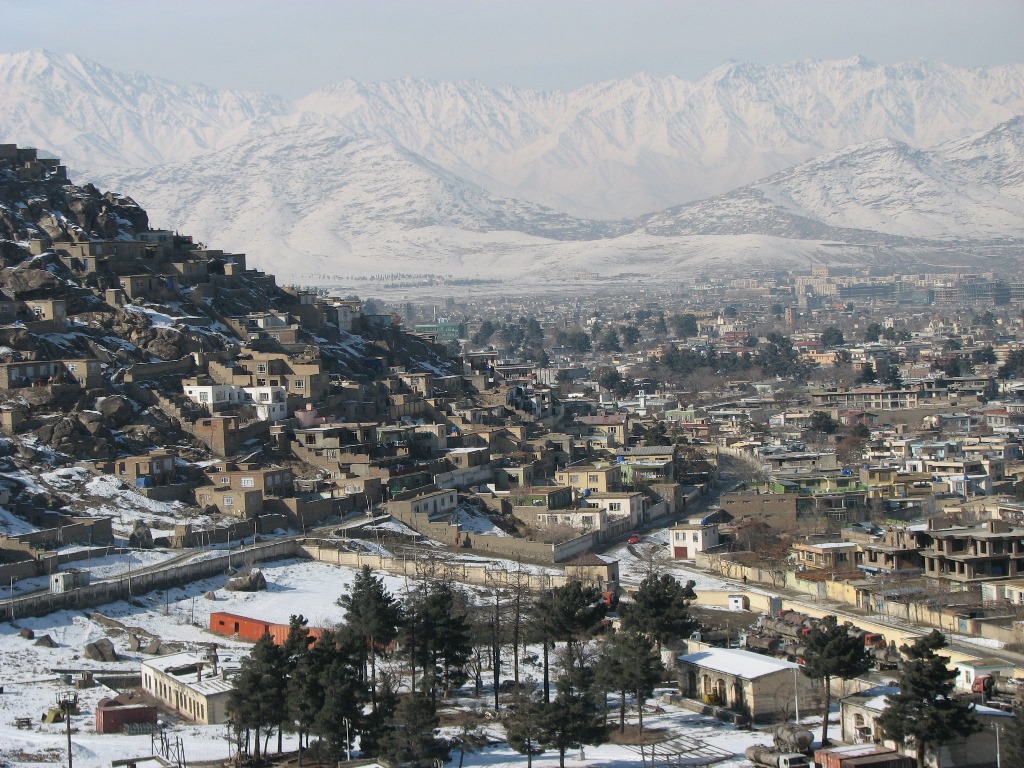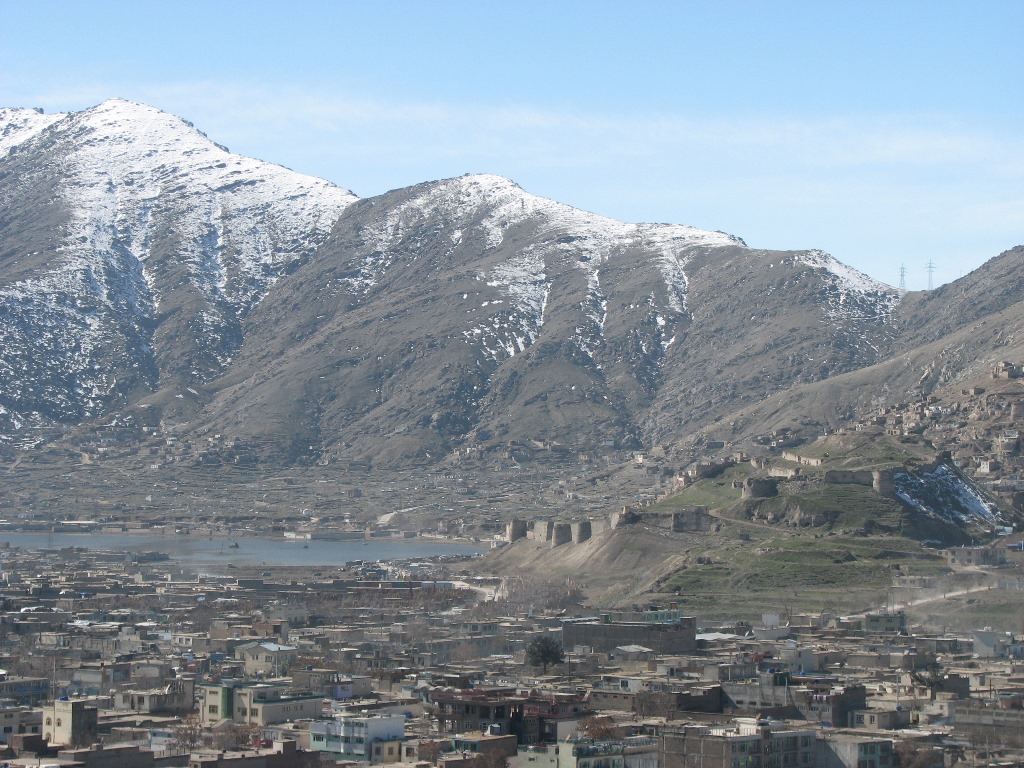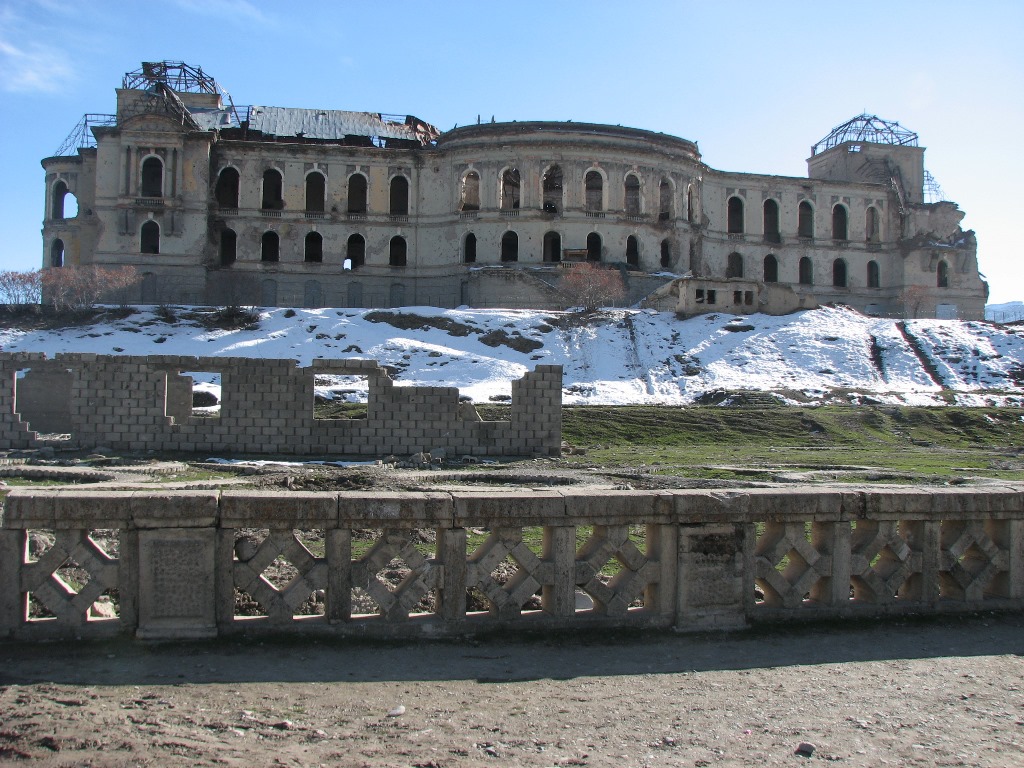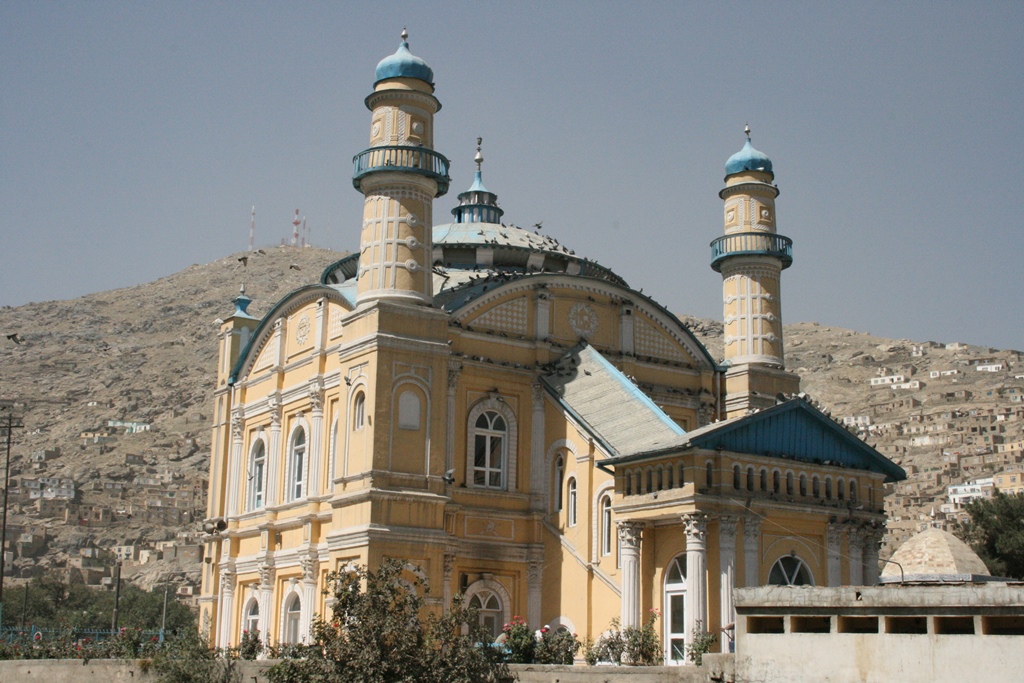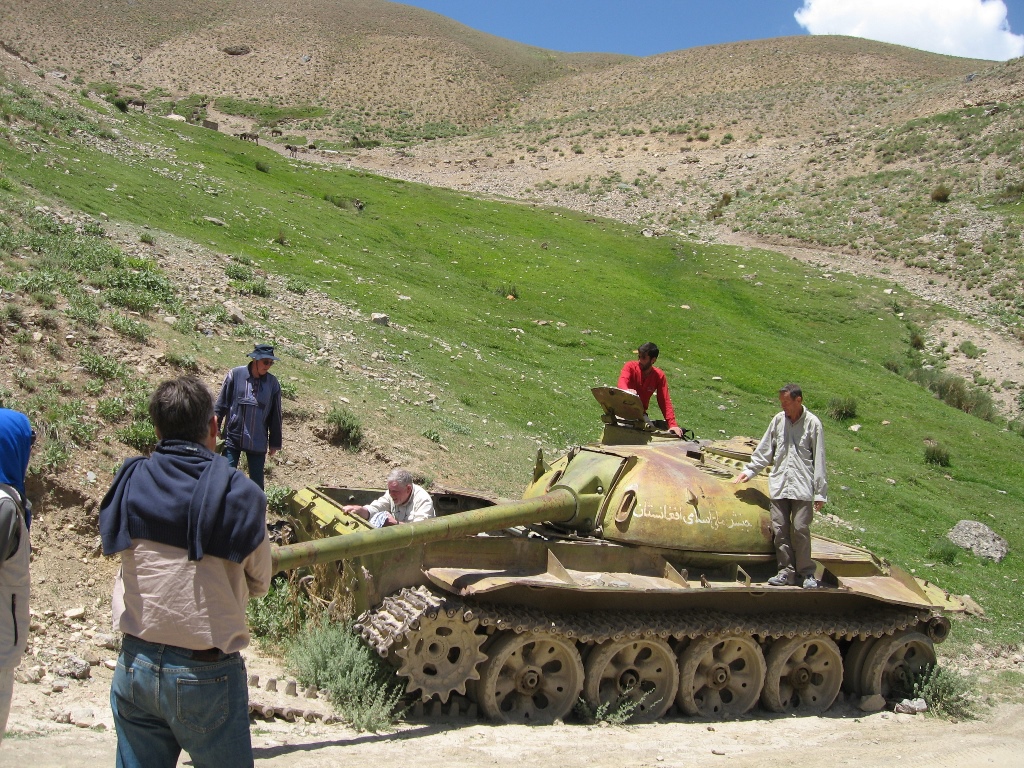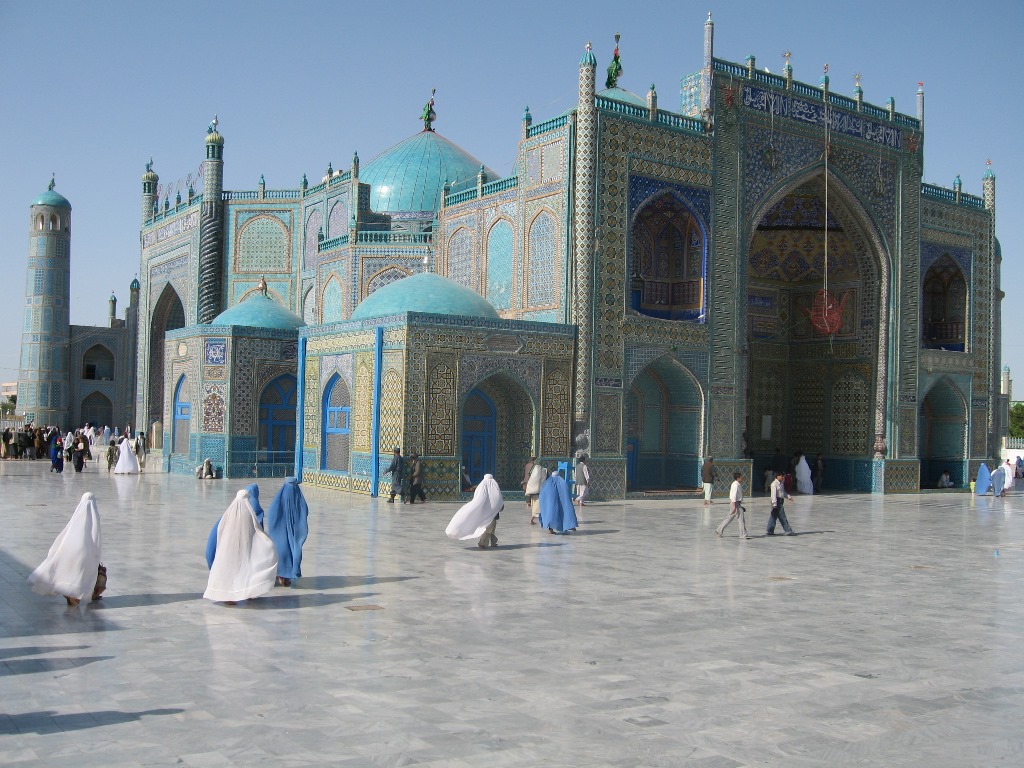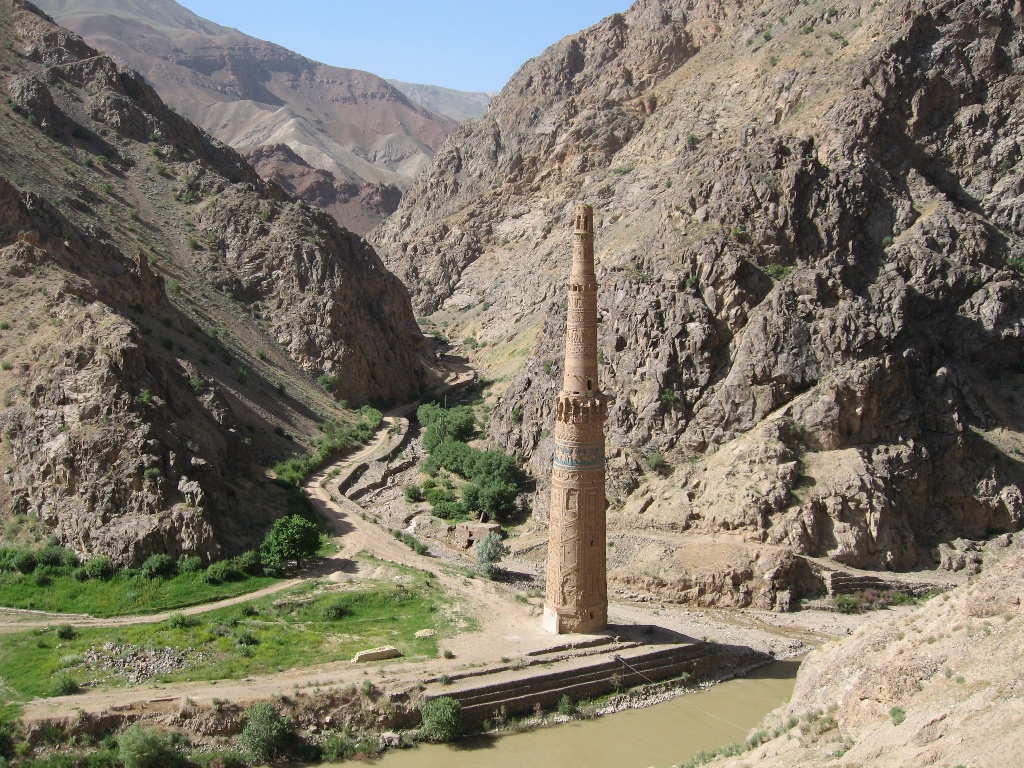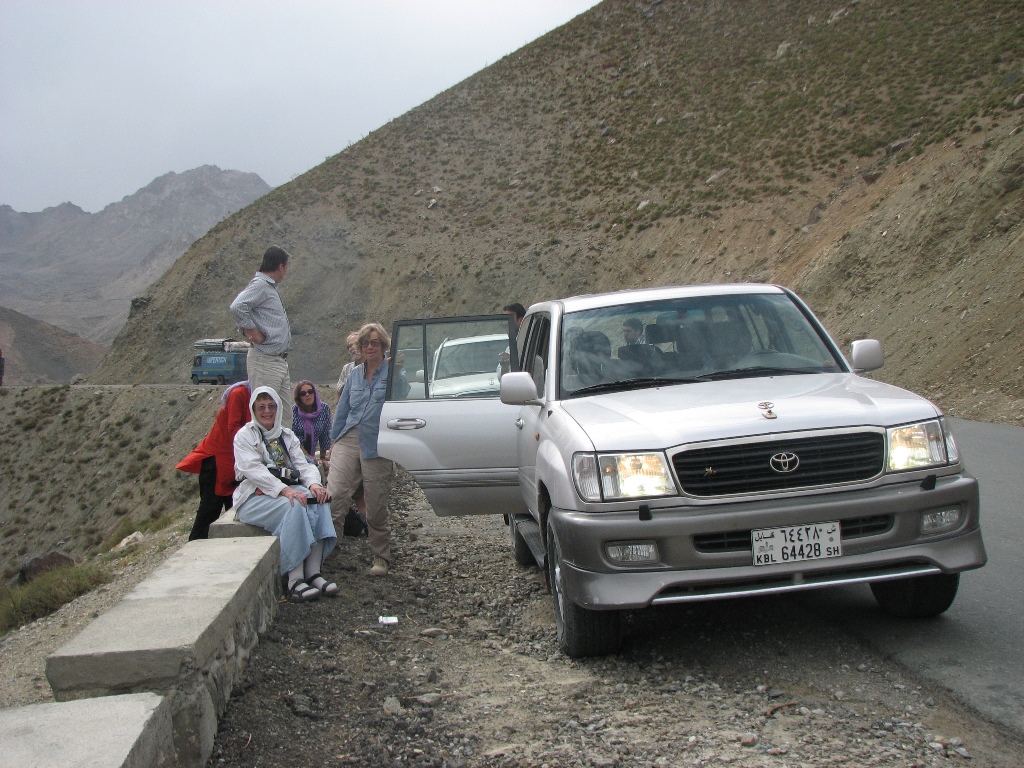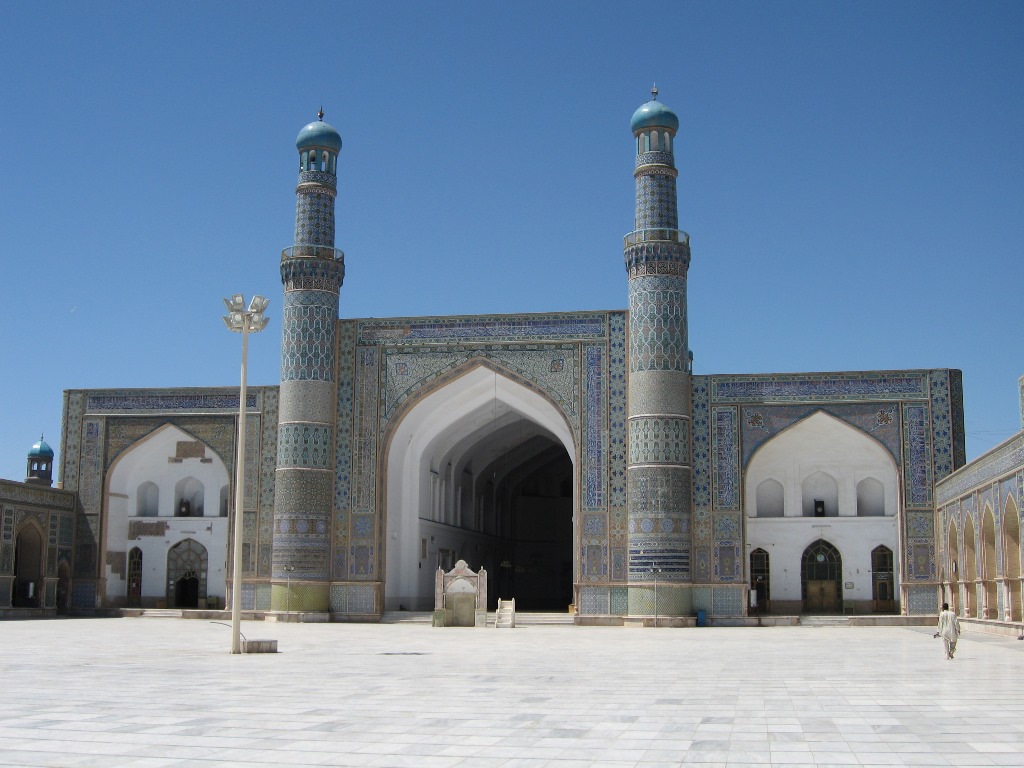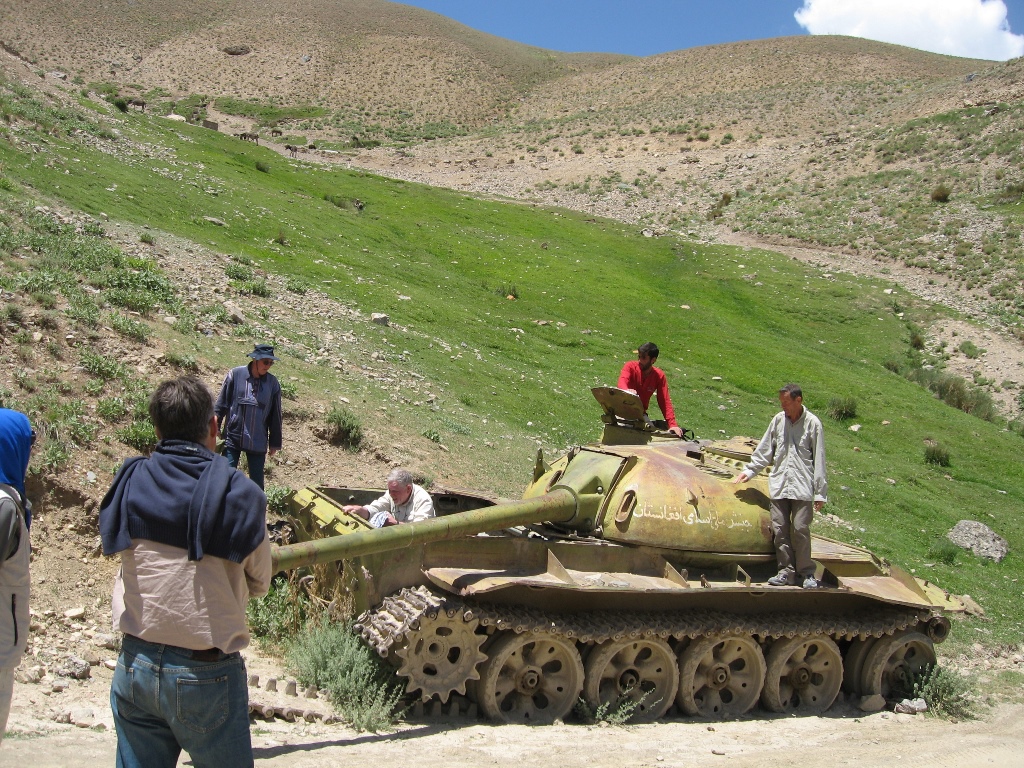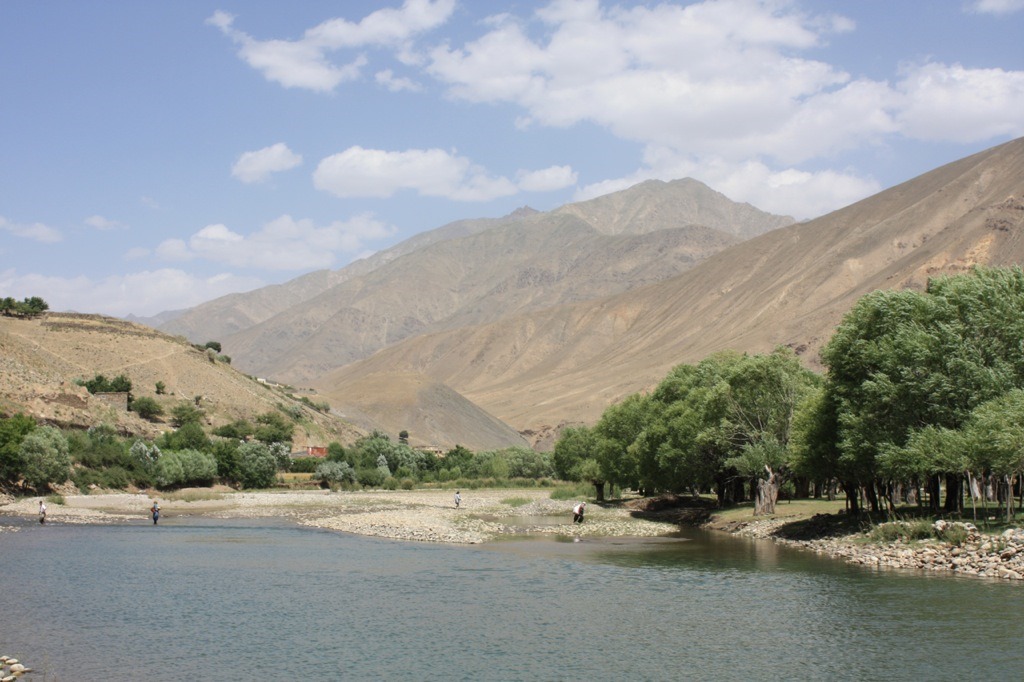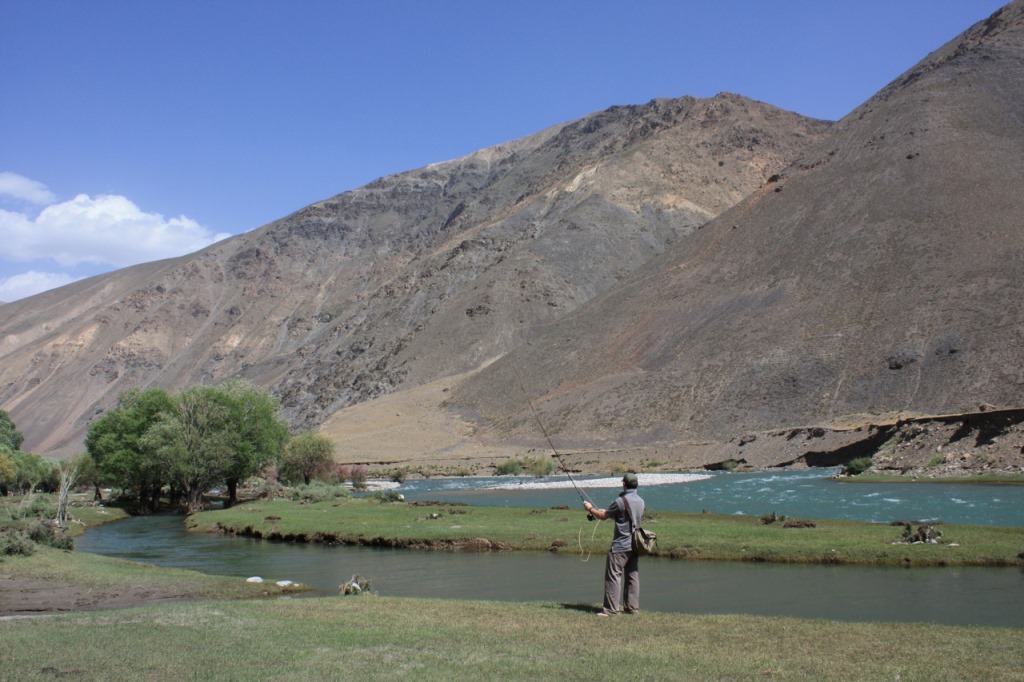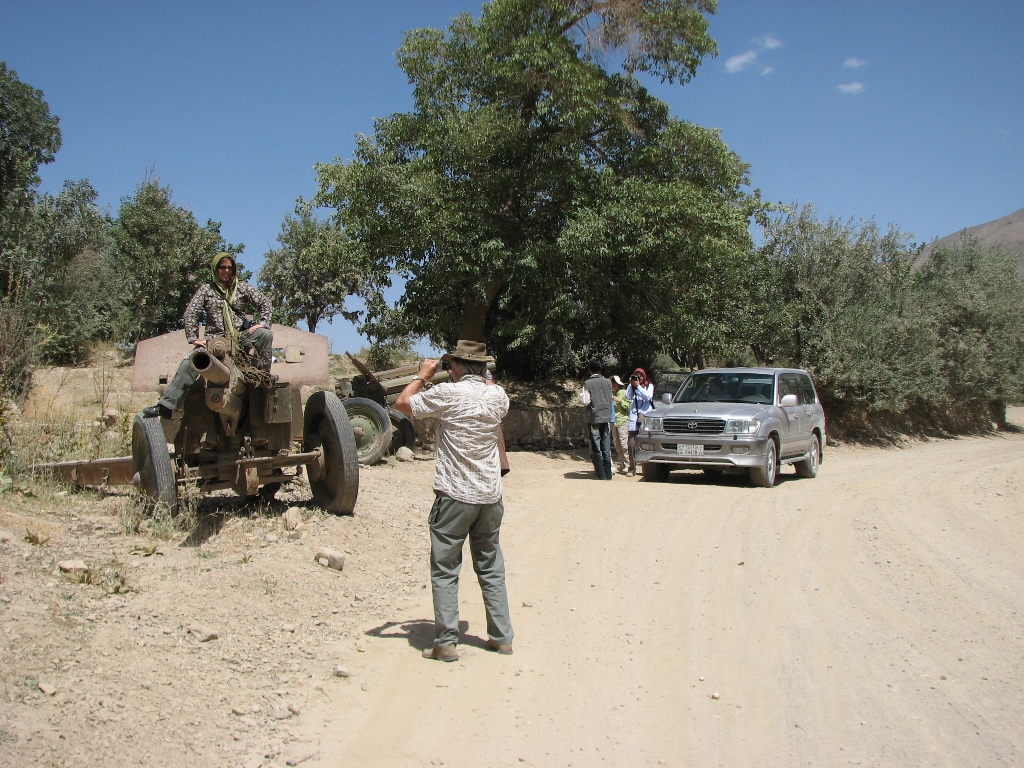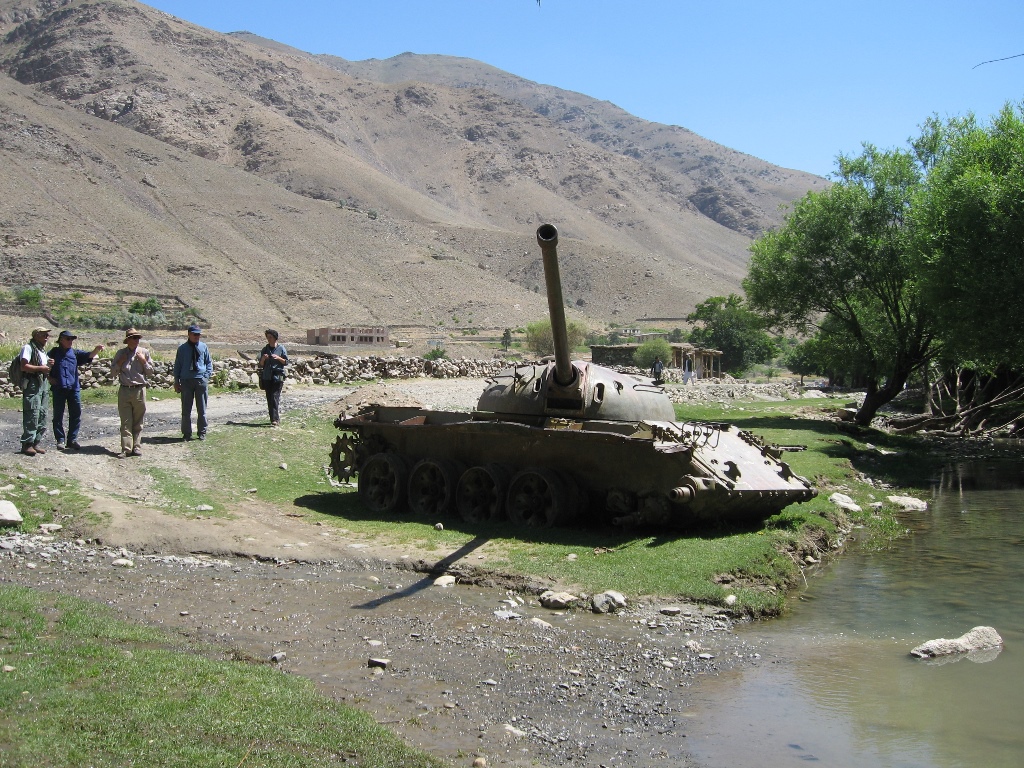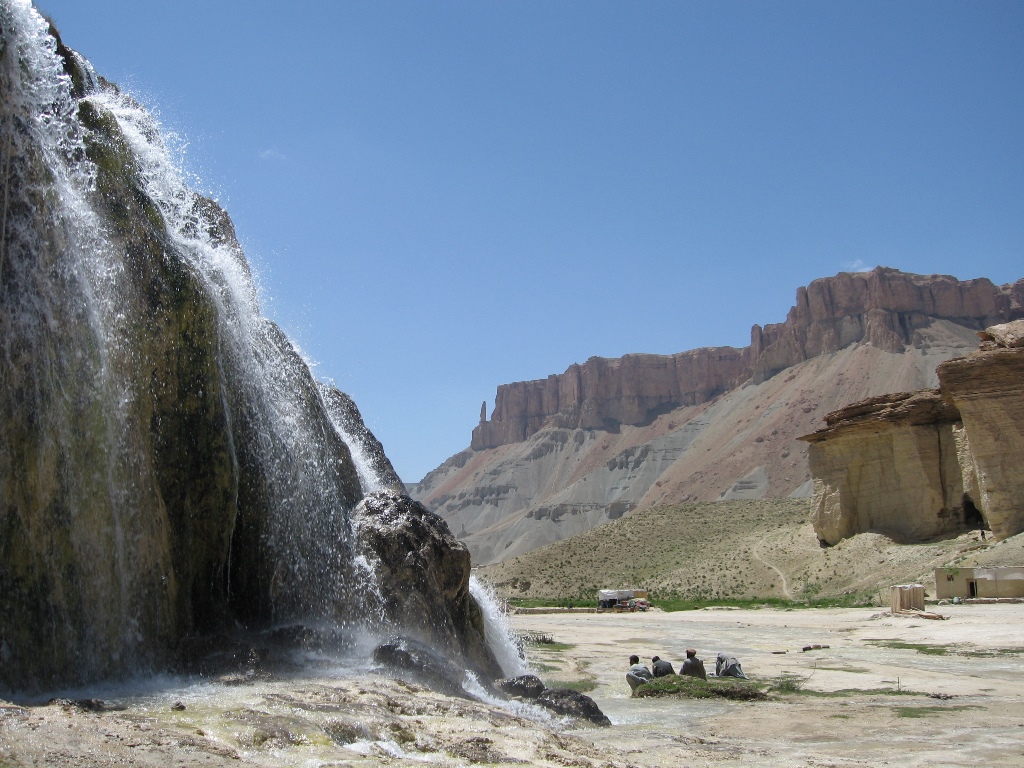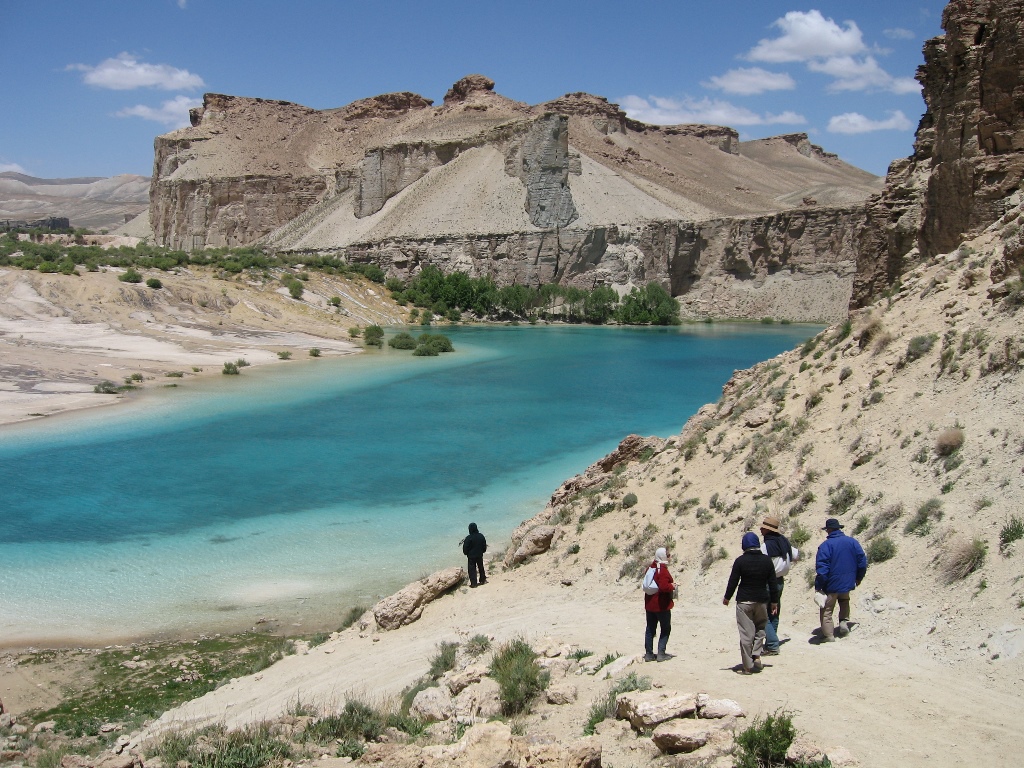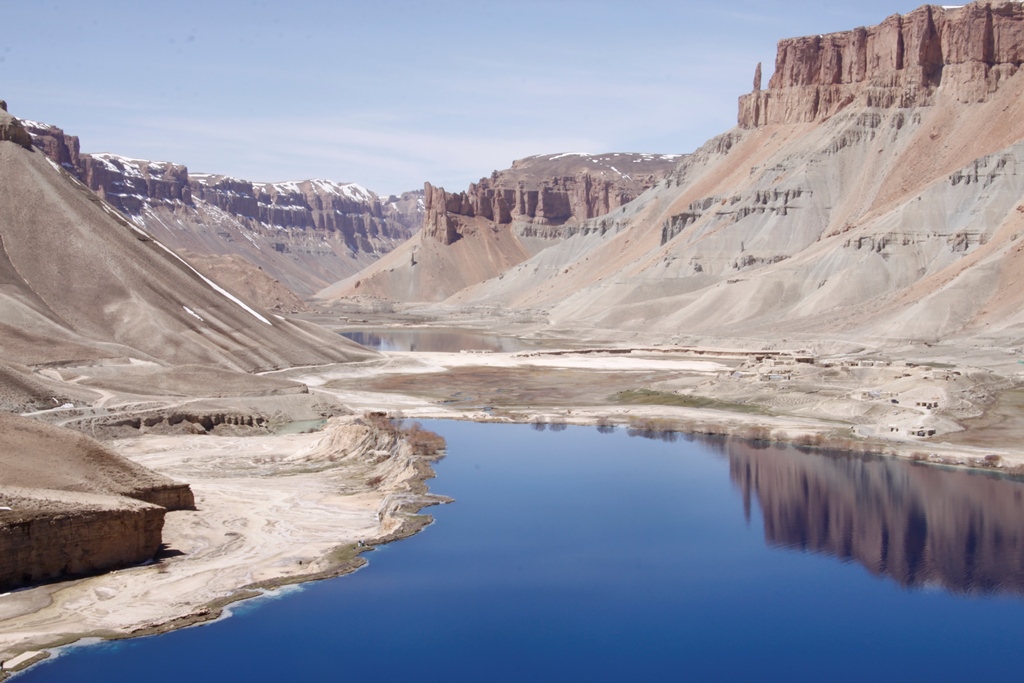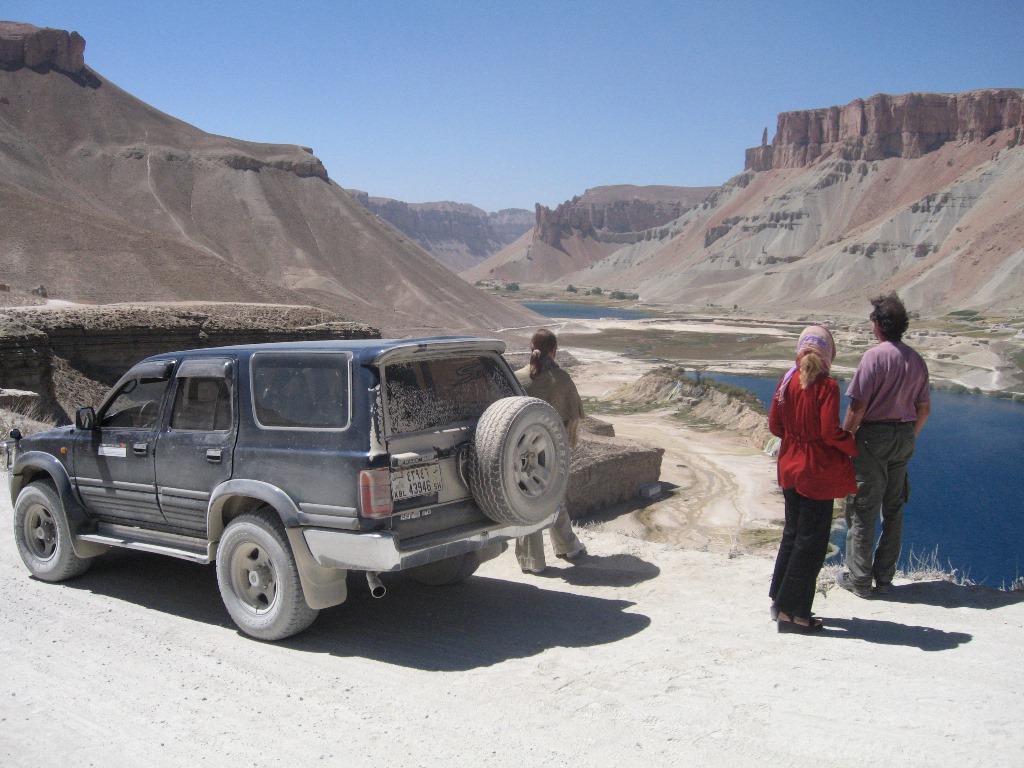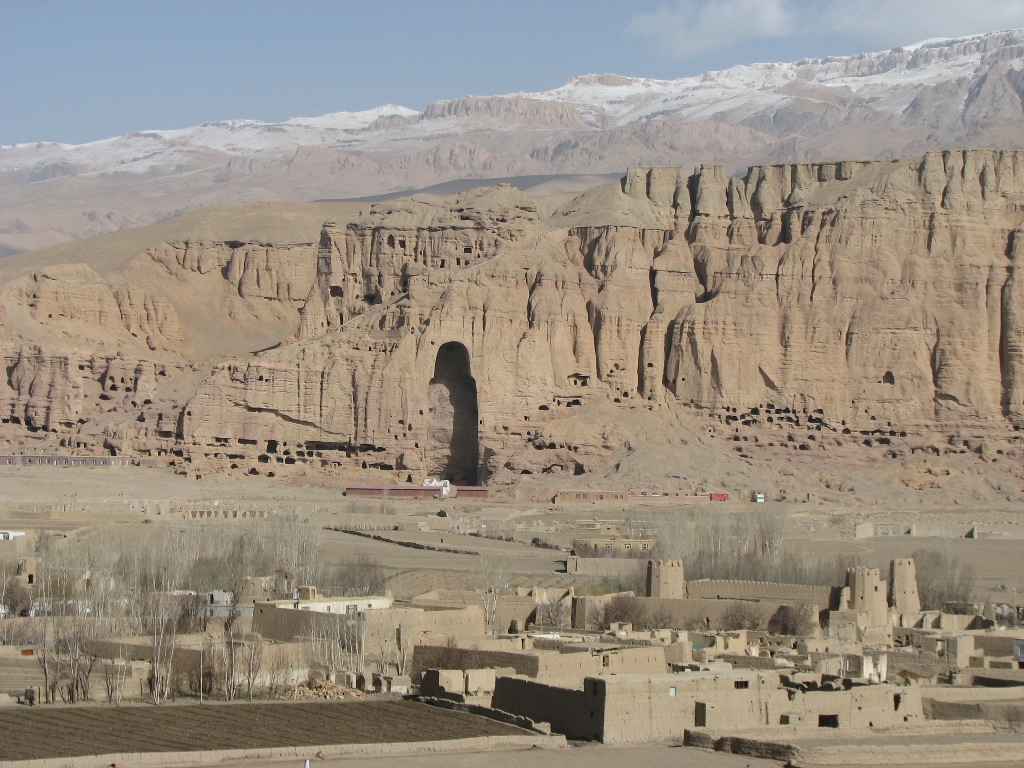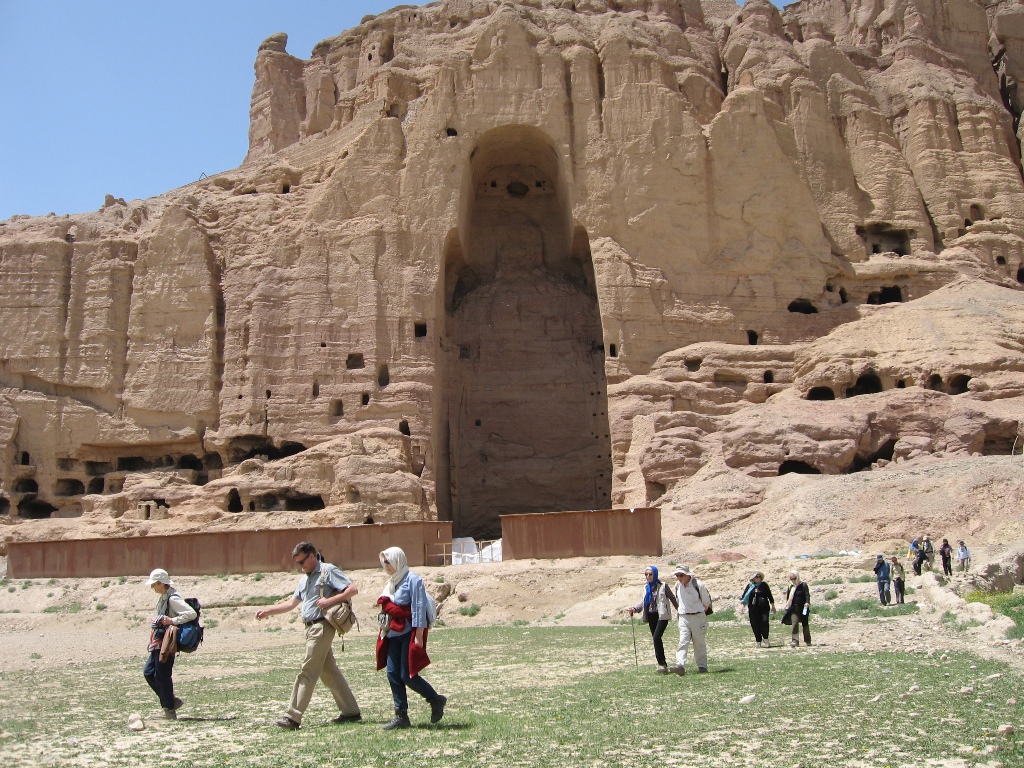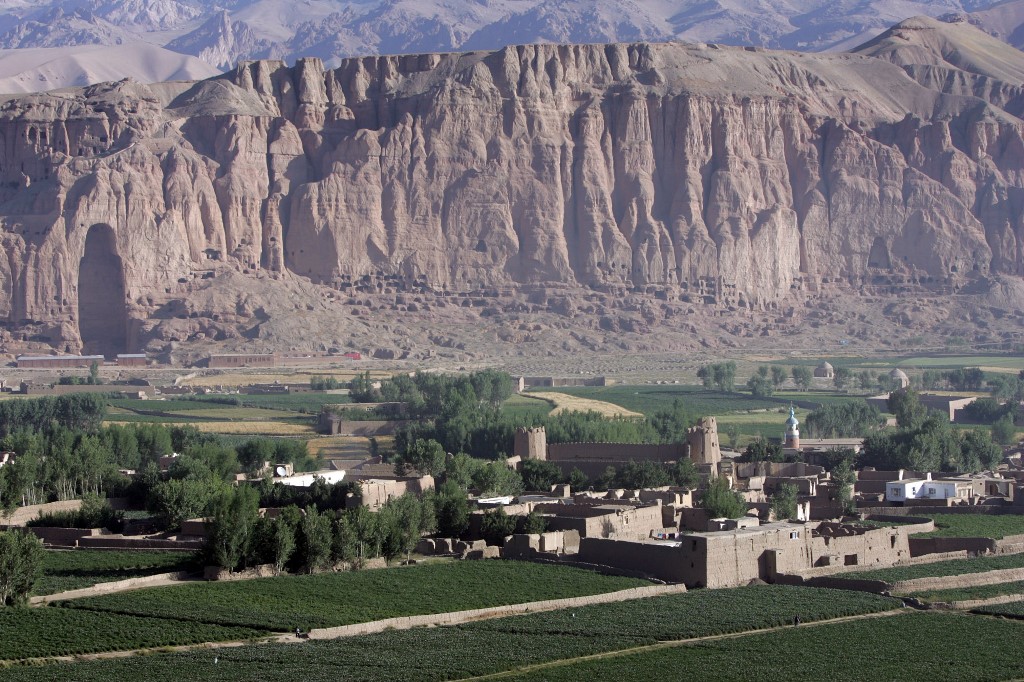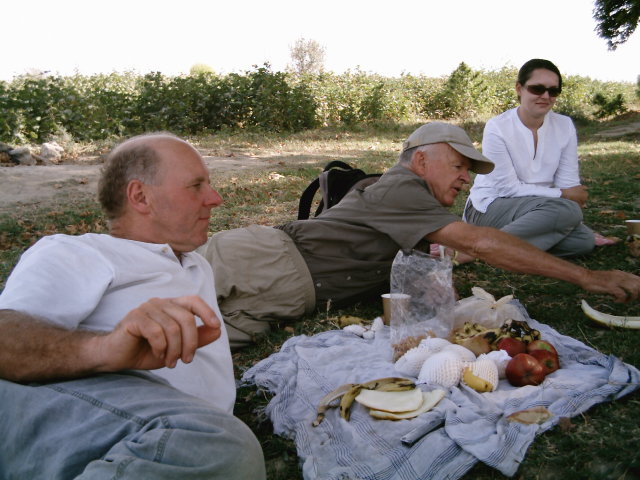12 Days tour of Tour of Afghanistan
Day 1: Kabul:
The tour starts this afternoon in Kabul, the Afghan capital. Since the recent war and the fall of the Taliban there has been substantial investment and a lot of changes in this legendary city and although modern developments can be seen all around, many of the old interesting areas still remain. After an introductory meeting that will include a specific security briefing, we will head out for our first nights dinner.
Afghan Logistics & Tours Pvt.Ltd Guesthouse (B,L,D)
Day 2: In Kabul:
With our first full day in country, we plan to explore some of the sights of this hectic city. The traffic may be horrendous and the detrimental effects of the last 30 years can be clearly seen in many areas, but there are still some absolute gems to enjoy in this fabled city that was so loved by the Moghul Emperor Babur. We start with a visit to the Kabul Museum and the nearby Darulaman Palace. Though both have been damaged badly, they nevertheless provide a fascinating glimpse into the riches and splendor that Kabul once embraced. For lunch we will head for the beautifully restored Babur Gardens which were laid out in the early 16th century and today are considered a haven of tranquility for Kabul residents. Later we will take a stroll through the Ka Faroshi Bird Market where time seems to have stood still for hundreds of years. Afghan Logistics & Tours Pvt.Ltd Guesthouse (B,L,D)
Day 3: Fly Kabul – Herat:
This morning we plan to take an early morning flight to
the previous capital of Herat. Our exact itinerary will depend on flight times but we plan first to explore Herat’s fascinating Old City. The Aga Khan Trust for Culture (AKTC) have done some amazing work in maintaining and restoring much of the city’s ancient glory and beyond the main streets we’ll find beautifully decorated caravanserais and craftsmen of all kinds. Later we’ll head out to the Musalla Complex that includes the Minarets of Gohar Shad and her Mausoleum. Gohar Shad was the wife of Shah Rukh, son of Tamerlane. Destroyed for defensive reasons at the height of the Great Game era by the British in anticipation of a Russian invasion (that failed to materialize!) these minarets tower above the surrounding plains and give a sense of the grandeur of the complex that once stood here. It is a haunting place to wander through in the late afternoon sun.
Nazary Hotel (B,L,D)
Day 4: In Herat:
Our first visit this morning will be to the magnificent Friday Mosque. This is one of the finest examples of Ghorid and Timurid tiling and is arguably one of the most stunning mosques in the world, though the inhabitants of Mazar-e Sharif and Samarkand might disagree! There is an opportunity to see a famous 14th Century bronze cauldron, alleged to be Tamerlane’s sherbet bowl, in the courtyard. We will also be able to see the tile factory, which claims to be the oldest in the world and probably dates back to the 12th century, where tiles are still made in the traditional manner. We will then head to the Citadel, recently restored and dating in parts back to Alexander the Great. With the rest of the day there’ll be time to visit the peaceful shrine of Gazar Gah and perhaps go shopping for Herat’s famous blue glassware or
even a famed carpet. For most Afghans, carpets are a major purchase; equivalent to a westerner buying a car and the negotiation may take a number of visits. Happy haggling!
Nazary Hotel (B,L,D)
Day 5: Fly Herat – Kabul – Mazar-e Sharif ( we will take a connecting flight between Kabul, and Mazar e Sharif as no direct flight is available ) :
If flight times allow, we plan to take a morning flight up to Kabul and then to Mazar-e Sharif. The name means ‘Tomb of the Exalted’ and is believed to be the burial place of the prophet’s son-in-law Ali. The tomb is in a magnificent tiled building surrounded by flocks of white doves. If a grey one joins them, it is said, it will become white in a month. Mazar is not only a centre of carpet production in Afghanistan but also one of the centres of the Central Asian carpet trade, and the most beautiful carpets from all over Central Asia can be found in the bazaars. It is a relaxed and friendly city and the park which surrounds the shrine is a good place to meet locals. This afternoon we’ll visit the shrine of Ali at Rawze-e Sharif, an incredibly important place where many Shias try to make a pilgrimage here at least once in their lives.
Baran Imperatory Hotel (B,L,D)
Day 6: Day trip to Samangan & Tashkurgan:
A couple of hours south of Mazar lies one of Afghanistan’s most unexpected and rewarding sights – the 28m high Buddhist stupa of Takht-e Rostam. Carved out of the rock, in similar fashion to the churches of Lalibela in Ethiopia, this complex sits high above the valley and is today one of the country’s most enduring legacies from the pre-Islamic era. After a picnic lunch here we’ll return to the town of Tashkurgan, which lies in a key strategic location just north of a dramatic gorge on the northern fringes of the Hindu Kush foothills. Once a major crossroads; the town is now most famous for the 19th century palace that overlooks it. Later we’ll return to Mazar.
Baran Imperatory Hotel (B,L,D)


Day 7: Drive from Mazar e Sharif to Kabul:
Today is a full day driving up into the Hindu Kush Mountains and through the Salang Tunnel (3363m). This tunnel was built by the Soviets from 1958 and opened in 1964. In 1979 they used it to transport their tanks over the Hindu Kush before the advance on Kabul. A vital strategic prize in the civil war, the tunnel has now been repaired and allows for a memorable, if rather chaotic, crossing from Northern Afghanistan to the fertile Shamali Plains. We then head to the Kabul Over Night in Afghan Logistics & Tours Pvt.Ltd Guest House (B,L,D)
Day 8: Drive from Kabul to Panjshir Valley – Kabul:
We will spend the day exploring this incredible valley so expect to start early and make the most of it! The river has a narrow and extremely fertile flood plain and is famous for its fruit. However the sides are steep mountains hence its excellent defence qualities. In the spring especially, watered by the melting snow, these mountainsides are dark green giving an impression of overwhelming fertility. When
Afghanistan was on the tourist trail, the Panjshir’s proximity to Kabul combined with its astonishing natural beauty made it most people’s first destination in the country after the capital. It was also conveniently accessed from Pakistan by journalists covering the Russian and Taliban wars when its geographical situation, and the brilliance of its mujahedeen commander, made it unconquerable. Massoud defeated the Russians here 15 times, and so comprehensively that they stopped trying to capture it. Most of the television footage of the war shown in the West was shot here. Murdered by Al-Qaeda operatives two days before 9/11, Massoud is revered today as a national hero and we will visit his tomb, set in a commanding position above the valley. We will head back to Kabul in the late afternoon for dinner.
Afghan Logistics & Tours Pvt.Ltd Guest House (B,L,D)
Day 09: Fly Kabul – Bamiyan:
Undoubtedly one of the country’s highlights, the Bamiyan Valley was once on a major trading route and was an important centre for Buddhism. Although the Taliban famously destroyed the giant Buddhas in 2001, there is still much to see in the area, not least the Buddha niches, which are still an awesome sight to behold. We also plan to explore the surrounding cliffs that are riddled with caves that contain carvings and frescos. There will be time to wander through the friendly bazaar in the centre of town and to meet local Hazaras working their fields. Later in the afternoon, we’ll head for the nearby Darya Ajdhahar, the so-called Valley of the Dragon. Here there is a massive rock formation which is alleged to be the remains of a dragon that persecuted the villagers until Hazrat Ali, cousin and son-in-law of the Prophet Mohammed, killed it. The story is reminiscent of St George and the Dragon and is a wonderful spot to take in the late afternoon sun.
Noorband Qala Hotel (B,L,D)
Day 10: To Band-e Amir:
A two hour journey west takes us to the extraordinary chain of lakes at Band-e Amir. Set in the middle of a barren mountain landscape, the lakes are astonishingly beautiful with the water colour varying from turquoise to deep blue-black from lake to lake. Don’t assume that photographs of the lakes have had their colour touched up – they really are these colours, tinted by the mineral salts in the springs that feed the lakes. For those who are feeling active, there is the opportunity to do a good walk around the cliff edge; for those after a more relaxed day, it is simply a great spot to take in this natural wonder, which in any other country would be teeming with visitors. It is truly a word-class destination and a highlight of any trip to the region. We’ll return to Bamiyan for our penultimate night there.
Noorband Qala hotel (B,L,D)
Day 11: In Bamiyan:
Our final day in Bamiyan allows for two leisurely visits to some lesser known but equally impressive sites in the nearby countryside. First we drive the short distance to the base of Shar-e Zohak. This imposing fortress at the eastern entrance to the Bamiyan Valley has been used by various commanders over the past two millennia and although largely
destroyed by Genghis Khan’s forces, it is still a great place to explore on foot. In particular, the summit gives a truly spectacular 360o view over the surrounding area. Later we’ll head for the Shahr-e Gholgola, another fortress that saw its glory destroyed in the face of the Mongol invasion of the 13th century. History tells us that in 1221 Genghis had destroyed Balkh and sent his teenage grandson with an army to capture Bamiyan. The people of Bamiyan resisted and Genghis’s grandson was killed. Genghis besieged and destroyed Gholgola in revenge. Today its ruined remains overlook the central Bamiyan valley and provide superb views over the Buddha niches and the surrounding countryside.
Noorband Qala hotel (B,L,D)


